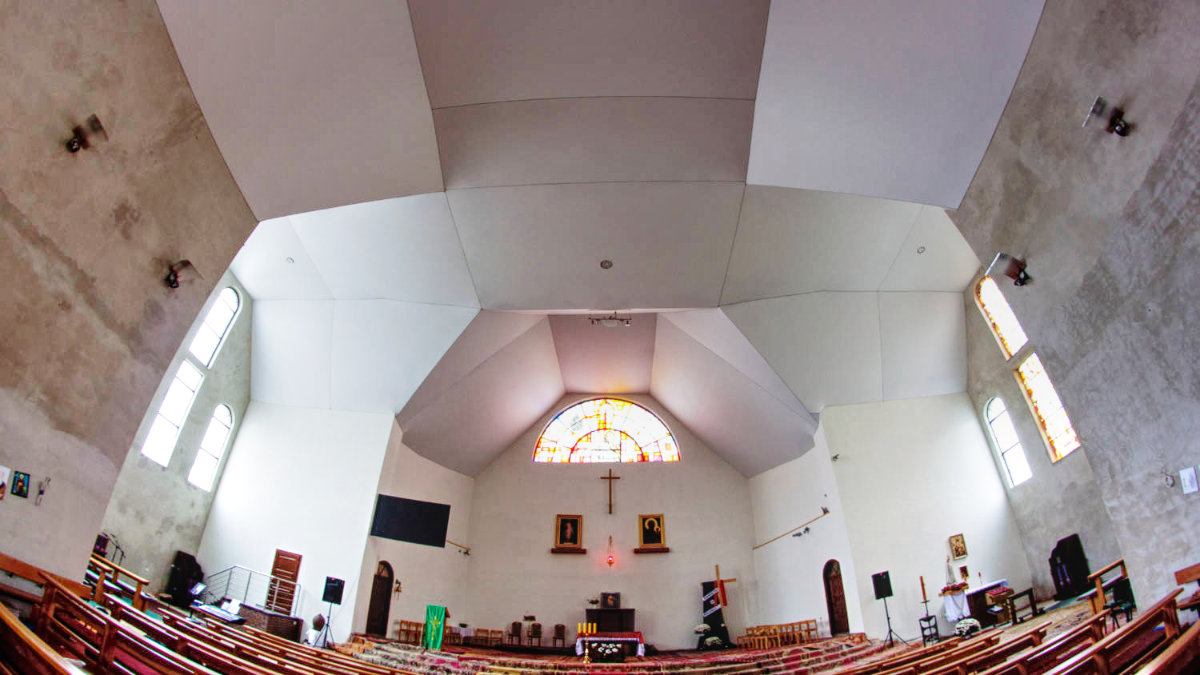Surface cooling from a well is an advanced and ecological way of regulating the temperature inside the building. It uses geothermal energy that is available under the earth’s surface all year round. If you are considering installing this type of system in your property, there are a few key aspects to consider to ensure its effectiveness and durability.
Depth and Capacity of the Geothermal Well
The first and one of the most important aspects when designing surface cooling from a well is the depth and capacity of the geothermal well. Properly selected well parameters have a key impact on the system’s efficiency. The deeper the well, the more stable the temperature of the geothermal water, which translates into greater cooling or heating efficiency.
Before starting work, it is worth conducting a thorough geological survey of the area to determine the optimal depth and capacity of the well. Thanks to this, the system will operate effectively for many years.
Installation Costs and Long-Term Savings
Installing surface cooling from a well may require significant financial outlay at the construction stage. These costs include drilling a well, installing a heat exchanger and a heat distribution or cooling system in the building. However, it is worth noting that despite the initial investment, this system can generate long-term savings on energy bills.
Thanks to the use of geothermal energy, surface cooling is much more energy-efficient than traditional HVAC (Heating, Ventilation and Air Conditioning) systems. This means that after a few years of operation, you can recoup the initial installation costs.
Energy Efficiency and Environmental Friendliness
Well air conditioning is more environmentally friendly than traditional cooling systems. It does not emit exhaust fumes or greenhouse gases, which has a positive impact on the environment. Moreover, due to the use of renewable geothermal energy, it is more sustainable and contributes to reducing the consumption of fossil fuels.
Energy efficiency is another key aspect. Surface cooling systems from wells are characterized by extremely low electricity consumption, which translates into lower electricity bills.
Maintenance and Upkeep

Although geothermal systems are usually durable and require minimal maintenance, regular inspection and maintenance are still necessary. You should monitor your system’s performance and address any potential issues to keep it in optimal condition.
It is also worth investing in controllers and monitoring systems that will enable ongoing assessment of the system’s operation and possible adjustment of its parameters.
Water Safety
Water safety in a geothermal well is a key aspect. Water quality must be ensured to avoid possible problems with contamination and system performance. Regular water testing can help you identify possible hazards and take appropriate preventive action.
Impact on the Value of the Property
Air conditioning from a well can increase the value of your property. An efficient and eco-friendly HVAC system is attractive to future buyers or tenants, which can increase the attractiveness of your property on the market.
SUMMARY
Surface cooling from a well is an advanced system that offers many benefits, both ecological and economic. However, to ensure its effectiveness, proper preparation, professional advice and careful maintenance are important. Thanks to this, you will be able to enjoy a comfortable temperature inside the building with minimal energy consumption for many years.



